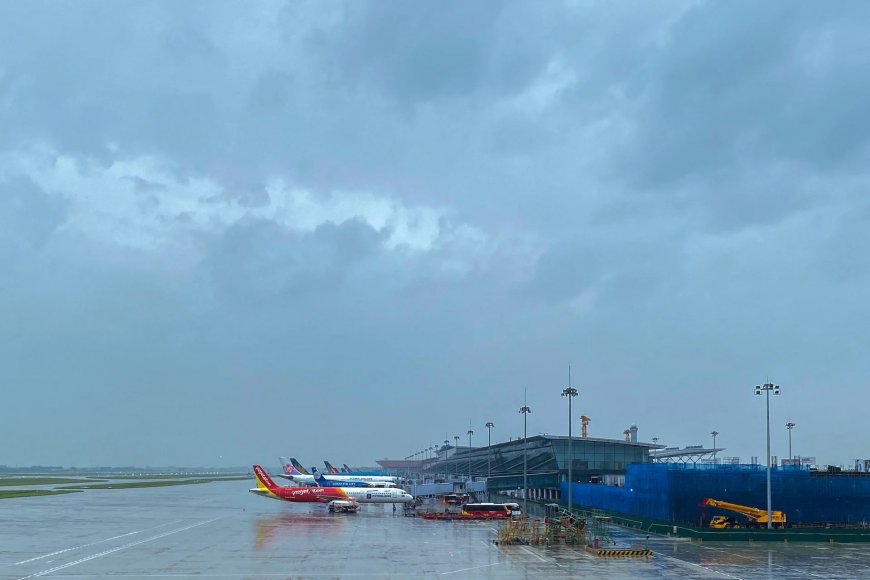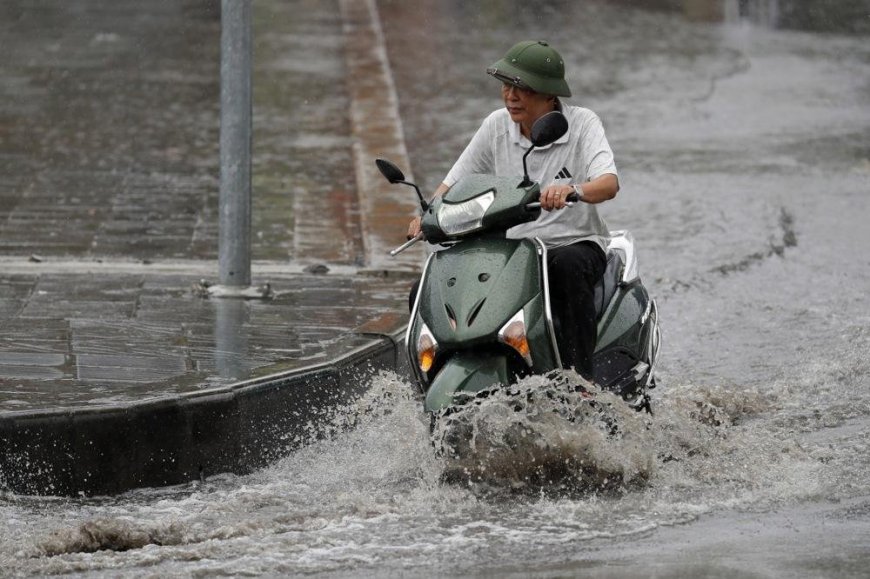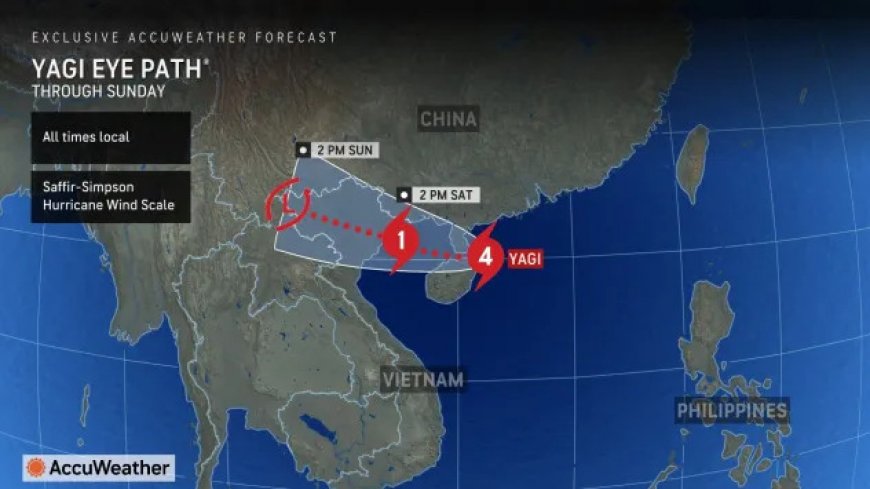Knowing Yagi Typhoon, the super wind that hit Vietnam
The storm was preceded by a typhoon that hit Vietnam's northeast coast on Saturday.

MOSAIC-INDONESIA, JAKARTA —The storm that hit Vietnam East Coast on Tuesday, last week, became the strongest one in the region in a decade. So far, it become the worst storm in Asia of the year which has left 127 people dead and 54 others missing. Torrential rains triggered floods and landslides, buried houses, swept away bridges and are now threatening the capital Hanoi.
In some northern provinces, including the suburbs of Hanoi, residents had to wade through knee-deep floods. Brown-colored water flowed heavily on the pedestrian steps, the disaster management agency said on Tuesday (10/9/2024).
The storm was preceded by hurricane-force winds that came Saturday off the northeast coast of Vietnam. The strong winds dubbed Typhoon Yagi destroyed most industrial areas and settlements and brought heavy rains that caused floods and landslides. Earlier, the typhoon had hit the Philippines and the southern Chinese island of Hainan. “I had to leave everything because the water rose too fast,” Nguyen Thi Tham, a 60-year-old resident who lives in a flood-prone area near the Red River in Hanoi, said by telephone. Nguyen can only bring his dog.

As of Thursday at 10 a.m., Yagi was in the northern part of Vietnam's East Sea, about 490 km northeast of Hainan Island in China, according to the National Hydro-Meteorological Forecast Center, in its report released on Thursday (5/9/2024).
The weather forecaster revealed that as of Friday at 10 a.m., Yagi was 120 km east of Hainan Island and about 550 km from Quang Ninh in Vietnam. The typhoon is moving in a west-northwest direction at a speed of 10-15 km/h. On Saturday morning, the storm was forecast to be over the northern Gulf of Tonkin, about 120 km from Quang Ninh. The storm was then projected to hit land between Quảng Ninh and Ninh Binh, and eventually weaken to a tropical depression.
The Japan Meteorological Agency reported that Yagi's wind speed had peaked at 198 kph, and was expected to drop to 126 kph as it entered the Gulf of Tonkin. However, Hong Kong's meteorological agency expects the storm to strengthen further, with wind speeds reaching 220 kph in the coming hours.
Heavy rain fell across northern and north-central Vietnam from Friday to Monday, with some areas affected by up to 500 mm of rain. These heavy rains can cause flooding in low-lying areas and landslides on slopes.
Prime Minister Pham Minh Chinh issued a directive on Tuesday urging northern and north-central regions to prepare for the storm. Coastal regions are expected to impose a ban on ocean boats starting Thursday.
The ferocity of Typhoon Yagi is not uncommon. Previously, the western Pacific Ocean was uniquely able to withstand some of the strongest storms on earth, writes wired.com.

Typhoons are strong tropical cyclones, a general term for low pressure systems that develop through specialized processes that differ compared to the daily low pressures that routinely occur.
Strong thunderstorms bubbling around a low pressure center act like an engine that drives this system. Warm ocean water gives those thunderstorms the energy they need to survive and thrive as they whirl through the tropics. These storms can continue for days or even weeks as long as they maintain access to water and favorable conditions in the surrounding atmosphere.
All tropical cyclones are the same worldwide. Tropical cyclones that mature in the Atlantic are called hurricanes, while similar storms in the western Pacific Ocean are dubbed typhoons. If a typhoon's maximum wind speed reaches at least 150 mph, or the equivalent of a Category 4 hurricane, then it deserves to be referred to as a “super typhoon”. Super typhoons are very common in the western Pacific Ocean. Meteorologists have recorded hundreds of super typhoons in the region between 1945 and 2022.
More than 200 of those storms reached a strength equivalent to a Category 5 hurricane. There were four Category 5-equivalent super typhoons in the western Pacific in 2021 alone. One such storm, Typhoon Super Rai, killed more than 400 people when it hit the northern Philippines not long after reaching peak strength. Compare that bustling activity with what we've seen in the Atlantic Ocean, where in the same time period there were only 30 storms that managed to reach Category 5 intensity at some point during its lifetime. Not only is the frequency of large-scale storms in the Atlantic much lower than seen in other parts of the world, but these high-level Atlantic storms tend to peak in less time than typhoons of their ilk.







